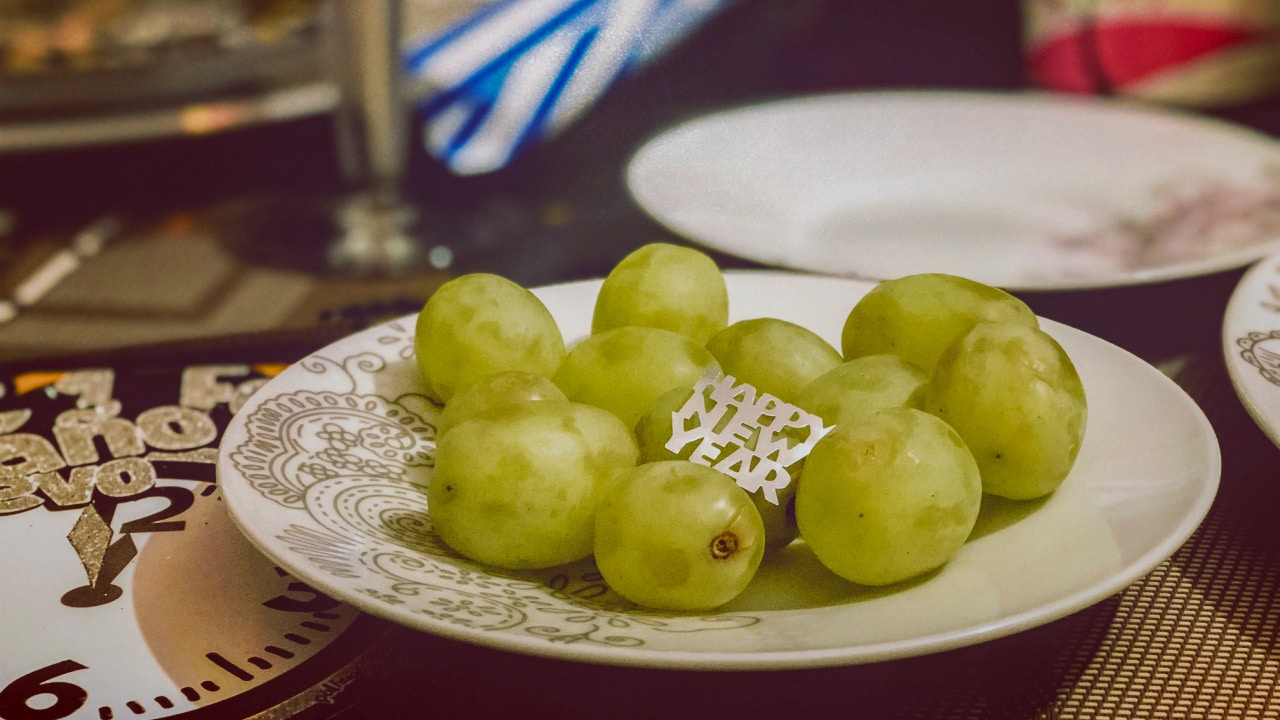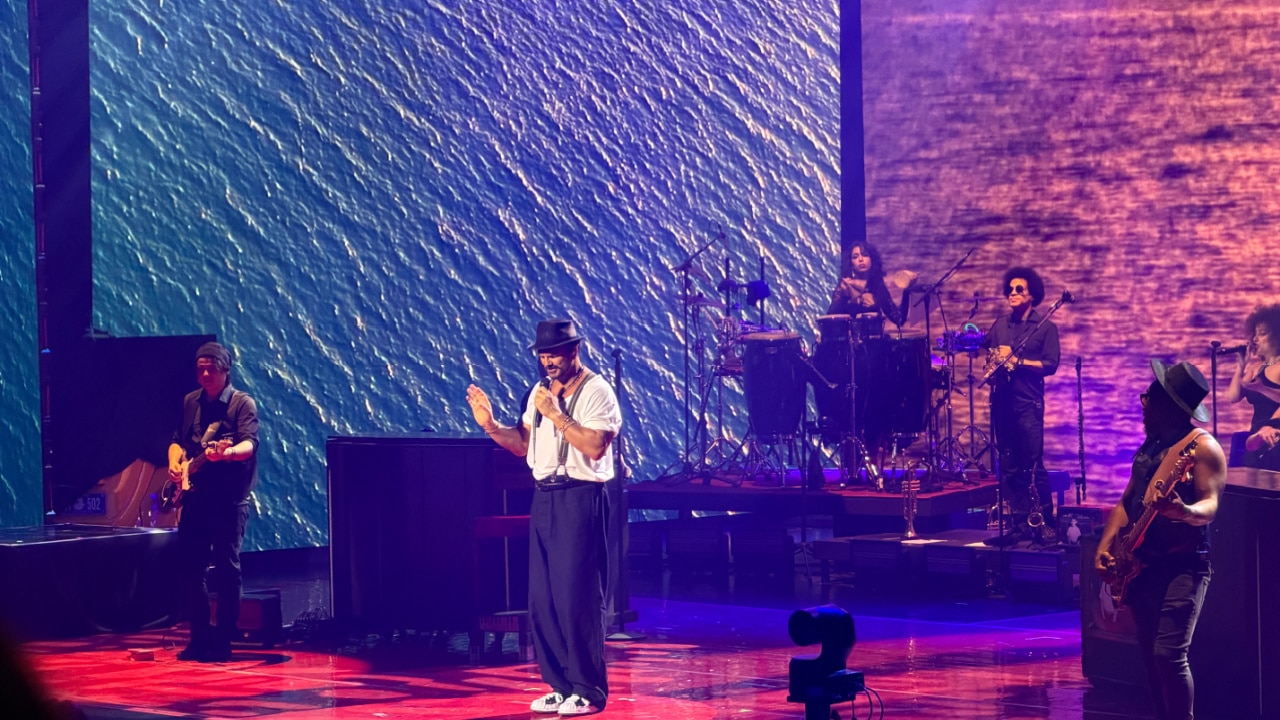He’s Been Called The Greatest Latino Boxer Of All Time And Panamanian Boxer Roberto Duran Might Just Prove His Case In This Documentary
No one can deny the impact Latinos have had in the sport of boxing. The rough upbringing of many young men from the region has led trainers and managers to generate a vast quantity of world champions. Names like Julio Cesar Chávez, Ricardo López Nava, Felix Tito Trinidad, Alexis Arguello, and Carlos Monzón bring tears of joy to fans from countries as diverse as Mexico, Puerto Rico, Argentina, and Nicaragua. Boxing champions encapsulate the dreams and aspirations of young Latinos. Because it is often the case that in our continent governments fail the population and each person has to fend for themselves, boxing has become a metaphor for individual progress amidst the most adverse circumstances.
Roberto Durán is one of the most iconic boxers from Latin America to embody the fighting spirit of Panama.
Credit: Instagram. @robertoduranbox
Panamanian legend Roberto “Manos de Piedra” Durán broke into the Latin American and U.S. mainstream pop culture due to his volatile personality and the brutal precision of his fighting style. Now retired, Durán is again in the spotlight due to the release of the documentary “I Am Durán,” directed by Mat Hodgson and which features other personalities such as Oscar De La Hoya and Robert De Niro, a big fan of his.
So before you watch the documentary, here are some facts about the proud son of Panama. Keep your guard up!
He was born on June 16, 1951.

He was born in Guararé, where his mother Clara Samaniego was from. His father was from Arizona in the United States and was of Mexican descent.
He was abandoned by his dad when he was only 5-years-old.

As a way of survival, his family could not keep him in school but rather had to send him to work in the streets as a shoeshine boy. Just like the Filipino great Manny Pacquiao, Durán learned the ropes of life in the streets. That made him hungry for success, a hunger he translated into surgically performed combinations in the boxing ring.
He laced up the gloves when he was 8-years-old.

His fighting spirit was there from the beginning. He grew up in the slums of El Chorrillo, so he had to learn how to defend himself in the rough streets. He visited the gym Neco de La Guardia as a kid and the rest is history: before they knew it, he was up there in the ring sparring experienced boxers. What a chico maravilla.
He began his pro career with 31 straight wins.

Durán got a reputation of being a killer in the ring due to his hard punches, solid body frame and general toughness. He won the lightweight championship against Ken Buchanan in 1972 but lost for the first time that same year against Esteban de Jesus. The fight in Madison Square Garden was his Waterloo. Two years later he rematched De Jesus and knocked him out. It is important to note that the De Jesus fight was his sixth in 1972, so he was worn out.
He was the first Latin American boxer to rule in four weight classes.

Others would follow (the Mexican greats JC Chávez, Juan Manuel Márquez, and Travieso Arce), but Roberto was the first bad hombre from Latin America to rule in four weight classes. And he did so in a day and age when a world championship was hard to get (in today’s corrupt boxing world there are up to four champions per each one of the 17 weight classes, so being a champ is relatively easier). He also fought many fights scheduled for 15 rounds instead of the current 12. Even though his best years were at lightweight, he rules the following classes: lightweight, welterweight, light middleweight, and middleweight.
He made 12 defenses of the lightweight title.

Roberto was practically indestructible for a period of time. He won eleven title defenses by KO and reached a record of 62-1. He gave up the lightweight title in 1979. He basically dominated world boxing in the 1970s with those hands of stone that sent opponents to sleep, one after an another.
His biggest night: beating Sugar Ray Leonard in 1980 for the welterweight title.

After vacating the lightweight title “Manos de Piedra” moved to welterweight. He defeated Carlos Palomino and Zeferino Gonzales, two tough opponents. Once comfortable in the new weight, he faced the golden boy of US boxing, Sugar Ray Leonard, in a fateful June 20 night in Montreal, Canada. Roberto’s relentless pressure broke down Sugar Ray. Thunder defeated lighting and Durán won by a unanimous decision.
But then came the infamous “No Más.”

After defeating Leonard “Manos de Piedra” became even more legendary. He went back to Panama and partied like there was no tomorrow. The rematch was fought in November. Leonard trained like a champ, while Roberto had to cut weight extremely fast and just wasn’t in the right frame of mind. Leonard was magnificent: he played with Roberto, mocked him, slipped the Panamanian’s punches and basically humiliated him. In the eighth round, Roberto turned his back to Leonard and said: “No sigo” (this were his actual words, although the infamous “No Mas” is how the event was remembered.
He rebuilt his career.

It would be hard for any sports figure to come back after such a meaningful defeat. It is not the same being knocked out after a valiant effort as quitting. It was such a disappointment not only for the fighter but also for his millions of fans. So what did the great fighter do? What all elite pugilists do: he came back with a vengeance. He defeated Wilfred Benitez and Davey Moore, two of the best fighters in the world.
He is one of the 1980s Magnificent Four.

Boxing in the 1980s was defined by four greats: Roberto, Sugar Ray Leonard, Tommy Hearns, and Marvin Hagler. These four all fought each other and gave fans thrills. Roberto lost to Hearns by KO and to Hagler by a tough decision, but his name will always be attached to one of boxing’s golden eras.
He fought until 2000.

It is unusual for a fighter in this day an age to compete across four decades, but Durán did it. His professional debut was on February 23, 1968, and his last fight was a loss to Puerto Rican extraordinaire Hector Macho Camacho on July 14, 2000. At the end of his career, his record read 103 wins, 16 losses, and a whopping 70 KOs. Wow, just wow.
The debate continues: is he the greatest Latino fighter ever?

That is hard to tell. The main contenders for this mythic title are here in this photograph with him: Mexicans Julio Cesar Chávez and Juan Manuel Márquez, who also faced myriad of champions and former champions over their storied careers. One thing is for certain, Roberto wrote his name on the annals of boxing history in golden letters. And he will never be forgotten.




